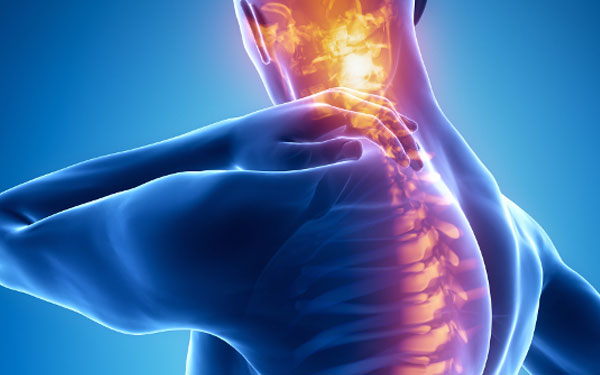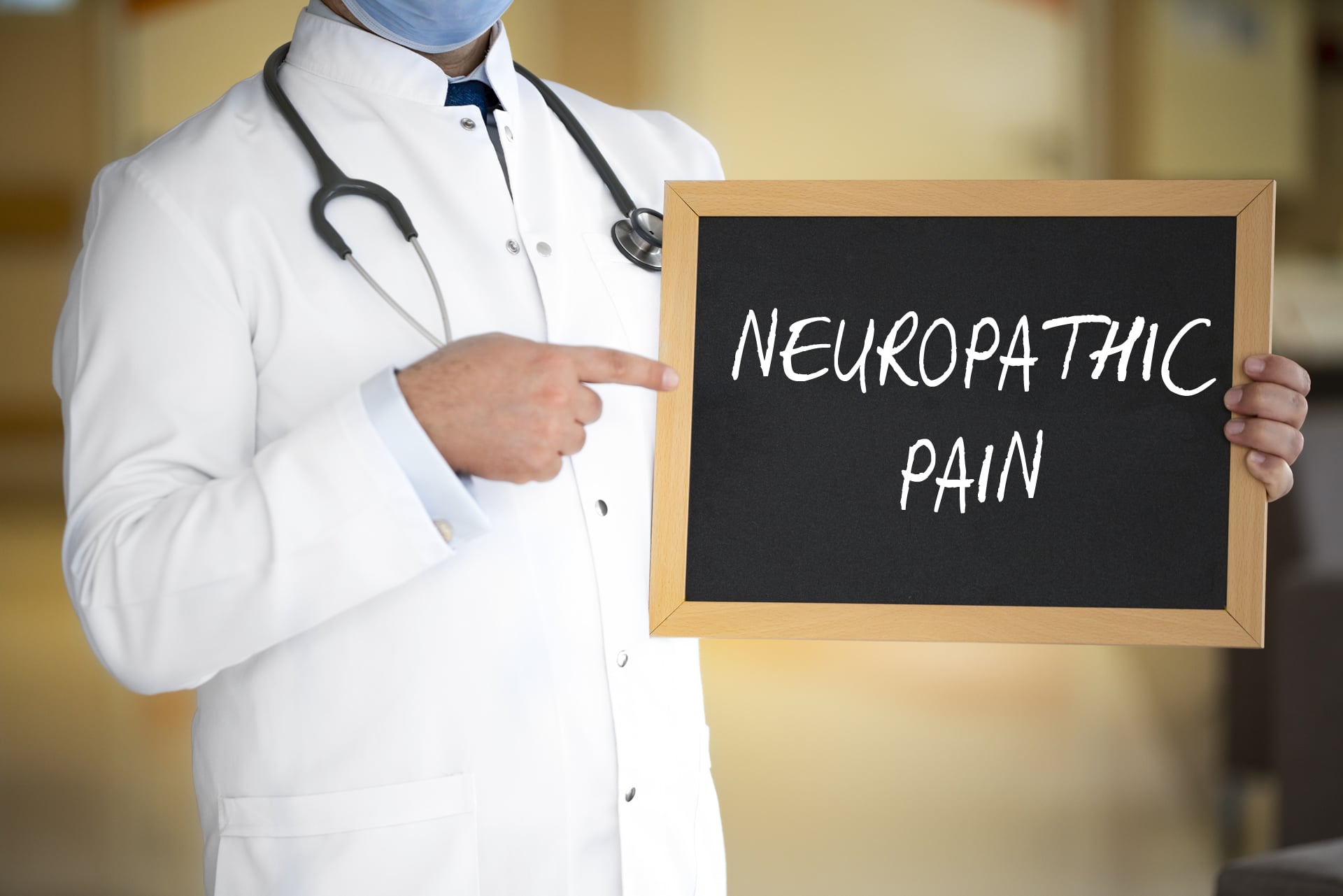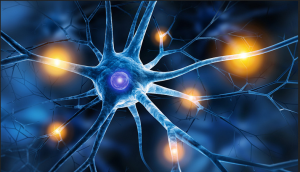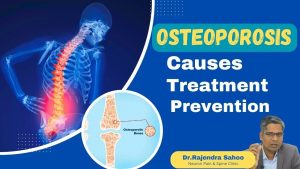Chronic pain is a major health burden globally. Pain is broadly classified into 2 categories- Nociceptive (pain arising from joints, muscle, bone, or visceral organ) or neuropathic pain (pain arising from affected nerves). Neuropathic pain is a distinct entity affecting around 10% population worldwide. Approximately 20% patients suffering from chronic pain also experience neuropathic pain features. This neuropathic pain is different from traditional arthritis, joint pain, frozen shoulder or spondylitis pain. Neuropathic pain or nerve-related pain is a challenging condition as response to treatment is often poor. But, in recent times, many innovative treatment modalities have come and they hold promise in the management of Neuropathic pain.
Characteristic of Neuropathic Pain
Neuropathic pain is of two types- peripheral (arising from peripheral nervous system) or central (arising from lesion or damage to central nervous system) neuropathic pain. Typically patients complain of tingling, stabbing, burning, pins or needles, sharp, electric-shock type pain, numbness or increased sensation in the affected area of pain. Sometimes, patients feel as an insect is crawling under their skin. In chronic neuropathic pain, the skin and surrounding area has increased sensation, meaning when that area is felt or gently brushed, patients experience tingling pain with pins and needles sensation.

This neuropathic pain can experience at any place in body but more commonly in fingers, wrist, feet, leg, face or even in post-surgical setting.
Causes of Neuropathic Pain
There are many causes to neuropathic pain and the list is exhaustive. But a simplified list is as follows:
- Peripheral neuropathic pain
- Herpes zoster leading to post-herpetic neuralgia
- Diabetes
- Alcoholism
- HIV infection
- Complex regional pain syndrome
- Trauma or injury to nerves
- Post-surgical neuropathic pain
- Vitamin deficiency, especially vitamin B12
- Entrapment neuropathy- carpal tunnel syndrome, meralgia paresthetica, tarsal tunnel syndrome
- Trigeminal neuralgia (facial pain)
- Chemotherapy drugs (Cisplatin, paclitaxel, vincristine etc)
- Amputation can cause amputation phantom pain
- Spinal nerve compression from slipped disc
- Central neuropathic pain
- Stroke
- Multiple sclerosis
- Parkinsonism
Diagnosis of neuropathic pain
Neuropathic pain is typically diagnosed by its typical characteristics as described earlier. History of alcohol intake, diabetes, nerve injury, shingles (herpes zoster) help in diagnosis of neuropathic pain. Nerve conduction test is a frequently conducted test for neuropathy. Recent times, ultrasound has come up in a big way in identifying nerve entrapment, exact location of nerve injury and its characteristic changes in neuropathic pain, thus revolutionizing the diagnosis and management of neuropathic pain.
Treatment of Neuropathic Pain
The goal of the treatment includes:
- Identify reversible cause or underlying disease, like diabetes, disc compressing nerve etc)
- Provide adequate pain relief
- Maintain function and provide better quality of life
Traditional Treatment of Neuropathic Pain
Medications have been the standard modality of treatment since many years and they help to some extent; however, neuropathic medications can cause few intolerable side effects in certain individuals.
Typical neuropathic medications include pregabalin, gabapentin, amitriptyline, nortryptiline, duloxetine, venlafaxine, and tramadol. Topical patches or ointments of 5% lidocaine or capsaicin are also helpful in localised neuropathic pain.
Advanced treatment options in neuropathic pain
- Ultrasound guided nerve hydro dissection or nerve blocks
As mentioned earlier, modern ultrasound machines help us identify the cause of pain, entrapment, nerve morphology changes and neuroma if any. With ultrasound, a minimally-invasive needle based therapy called hydro dissection has been found to be very effective, especially in entrapment or compressive neuropathy like carpal tunnel syndrome and the results are long-lasting. These procedures are typically performed in the clinic itself without any need for admission, and without any complication.
Ultrasound guided nerve blocks are very useful in post herpetic neuralgia, trauma neuropathy and similar conditions.
- Peripheral or spinal cord stimulation (PNS or SCS)
Neural stimulation either at peripheral level (PNS) or at spinal cord level (SCS) is a recent addition in the armamentarium of pain physicians and they are especially useful in refractory neuropathic pain conditions like CRPS, refractory neuropathic pain. Typically, an electrode is kept next the peripheral nerve or at spinal cord level which blocks the painful signals reaching the brain and provides a pleasure sensation. Recent research and trials have shown this advanced modality to useful in properly selected patients.
Conclusion
In conclusion, neuropathic pain is a distinct entity and need special attention in proper diagnosis and treatment. Pain physicians utilize latest technology and equipment to treatment even refractory conditions.
For More Information consult with Dr. Rajendra Sahoo Neuronpainclinic



